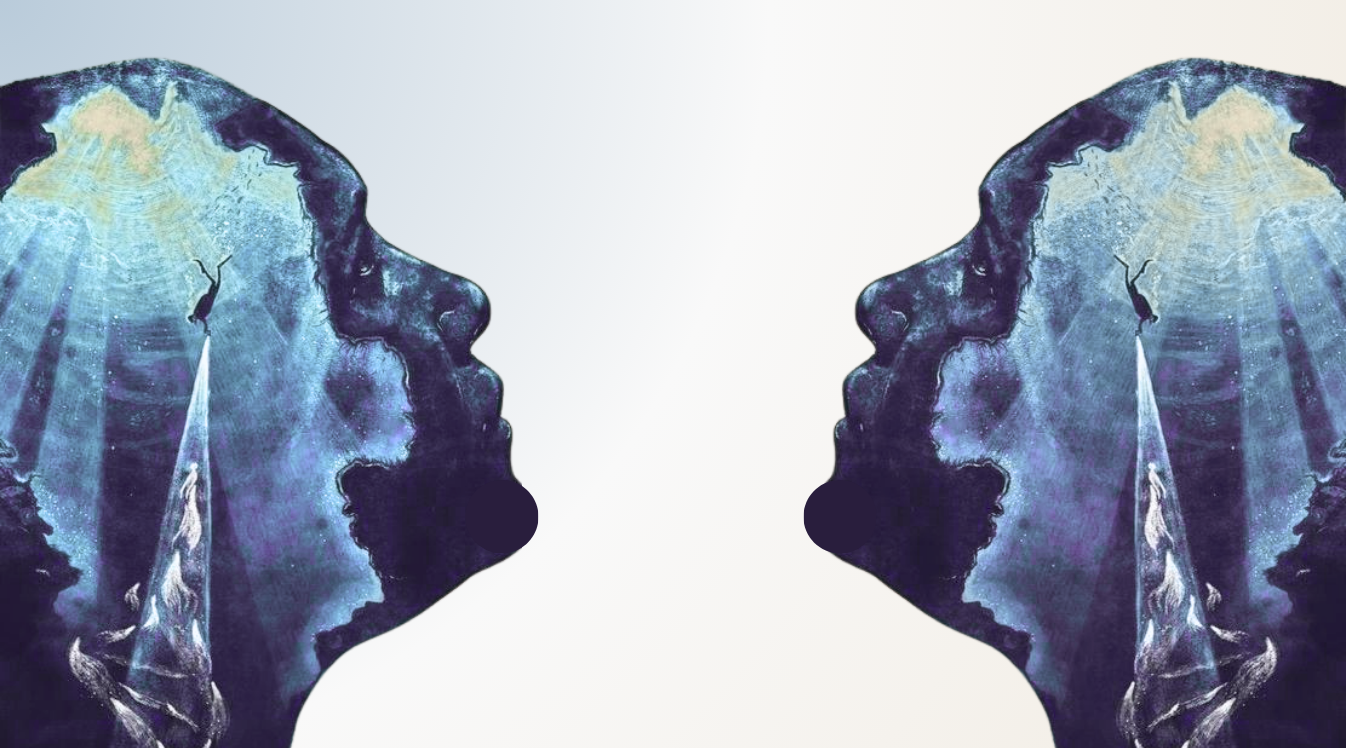What Is Experiential Therapy?
When people hear “experiential therapy,” they often imagine art, movement, or outdoor sessions - and they’re not wrong.
But experiential therapy isn’t defined by what you do in therapy; it’s defined by how you experience yourself while you’re doing it.
At Our Kind Therapy, we describe experiential therapy as the practice of helping clients access emotional truth through direct, in-the-moment experience rather than intellectual analysis alone.
It’s therapy that doesn’t just ask why you feel something, it helps you feel it safely, process it fully, and let it change you.
The Core of Experiential Therapy
In traditional talk therapy, the focus is often cognitive: exploring thoughts, insight, and interpretation. Experiential therapy, by contrast, is emotionally and somatically active.
It assumes that psychological healing happens when a client:
Has a felt experience of emotion,
Within a safe and responsive relationship, and
Integrates that experience cognitively afterward.
The goal isn’t catharsis for its own sake; it’s emotional completion and reorganization, helping the nervous system learn that it’s safe to feel what was once too threatening to feel.
Experiential therapy helps you not only understand your story but also experience it differently, in real time, with someone who can help you hold it.
Why Experiential Therapy Works
Experiential work is grounded in decades of research on attachment, emotion regulation, and neurobiology.
When emotions are expressed safely, the amygdala’s threat response decreases and the prefrontal cortex (responsible for regulation and reflection) re-engages.
This process supports neuroplasticity, the brain’s ability to form new, more adaptive connections.
Co-regulation between therapist and client activates the ventral vagal system, allowing the body to move from defense into openness.
The therapist’s attuned presence creates what AEDP founder Diana Fosha (2000) calls a “transformational moment”, when emotion, safety, and meaning converge.
In essence, experiential therapy helps people re-train their nervous system to associate vulnerability with safety rather than danger.
Experiential Modalities at Our Kind:
Our Kind Therapy is an experiential therapy practice as a structured, clinical process. Here are the main experiential approaches that shape our work:
AEDP (Accelerated Experiential Dynamic Psychotherapy)
AEDP helps clients experience and process emotion safely within a deeply attuned relationship.
Therapists track micro-expressions, body signals, and shifts in tone to identify emotions as they arise, guiding clients toward felt shifts (the nervous system’s signal of release and integration).
ISTDP (Intensive Short-Term Dynamic Psychotherapy)
ISTDP focuses on helping clients move through anxiety and defense to reach the authentic emotion underneath. It’s experiential because the work happens as the emotion emerges, not in abstract reflection after the fact. The body, breath, and facial expression are tracked as pathways into deeper awareness.
Somatic Experiencing (SE)
SE works directly with the body’s physiological responses to stress and trauma.
Clients learn to notice sensations, such as tightening, shaking, warmth, and allow the body’s natural completion of protective responses that were once interrupted. This restores regulation and re-establishes a sense of safety in the body.
Play and Expressive Methods
For both adults and younger clients, play and expressive work reintroduce spontaneity, creativity, and emotional flexibility. Through role-play, imagery, or symbolic interaction, clients can access parts of themselves that are beyond words, often the younger, unguarded self that still needs to be seen.
Guided Imagery and Symbolic Work
Guided imagery is used to help clients engage the imagination as a bridge between the conscious and unconscious mind. In session, imagery can evoke forgotten emotions or internalized memories, allowing the psyche to reorganize them with new meaning and safety.
What Experiential Therapy Looks Like in Practice
An experiential session might involve slowing down a conversation when a client’s voice tightens, inviting awareness to the sensation rather than bypassing it. It might mean noticing tears before they fall, or naming the impulse to minimize an emotion. It’s about staying with what arises instead of moving away.
The therapist acts as a co-regulator, not just listening but responding with tone, expression, and timing that help the client’s body feel safe in real time. Over time, these micro-moments teach the nervous system that emotional connection can be safe, tolerable, and even restorative.
The Broader Landscape of Experiential Therapies
Experiential therapy is a family of approaches, and the field is intentionally diverse.
Beyond the depth-oriented models we use at Our Kind, experiential therapy can also take many other forms, all grounded in the same principle of learning through experience:
Art Therapy: expressing emotion through color, texture, and form.
Music Therapy: using rhythm and tone to access and regulate emotion.
Dance/Movement Therapy: restoring agency and embodiment through movement.
Drama and Role-Play Therapy: exploring internal conflicts safely through character and story.
Outdoor and Nature-Based Therapy: engaging the nervous system through natural regulation and sensory grounding.
Animal-Assisted Therapy: fostering safety and attachment through connection with nonjudgmental animals.
Each of these modalities invites emotional processing through direct, embodied engagement.
At Our Kind, we share that same foundation, helping people feel their experience in a way that creates lasting reorganization, not temporary relief.
Final Reflection
When we say Our Kind is an experiential therapy practice, we mean that we work with what you feel, not just what you say. We help you experience your story in real time, safely, relationally, and with enough precision to help your body and mind learn a new way of being.
Because the goal isn’t just to understand your emotions, it’s to experience yourself differently in a way that lasts.
Ready to Experience This Work?
Written by Alaina Malik, LMHC


